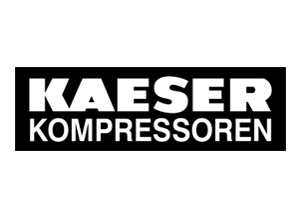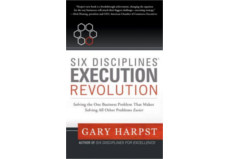
There is one business problem that, if solved, makes solving all other problems easier. Knowing how to plan and execute, while overcoming “today’s surprises”, is the most foundational capability any organization can have. The inability to do this is the problem that business leaders must solve. With the capability to execute continuously, they gain control of their businesses. Without it, their businesses are relegated to a reactive, firefighting existence.
Business Excellence
This business excellence model can be used to plot how organizations operate relative to the two dimensions of strategy and execution. The book refers to the definition of strategy of Michael Porter who summarizes strategy as a different and unique set of activities that sets one apart from the competition. The dimension of execution is characterized by a relentless drive for improvement: seeking to perform a chosen set of activities better than the competition. This combination of strategy (the choices of what to do versus what not to do) and execution (how well the choices are carried out) becomes the field upon which the Execution Revolution occurs in any given company.
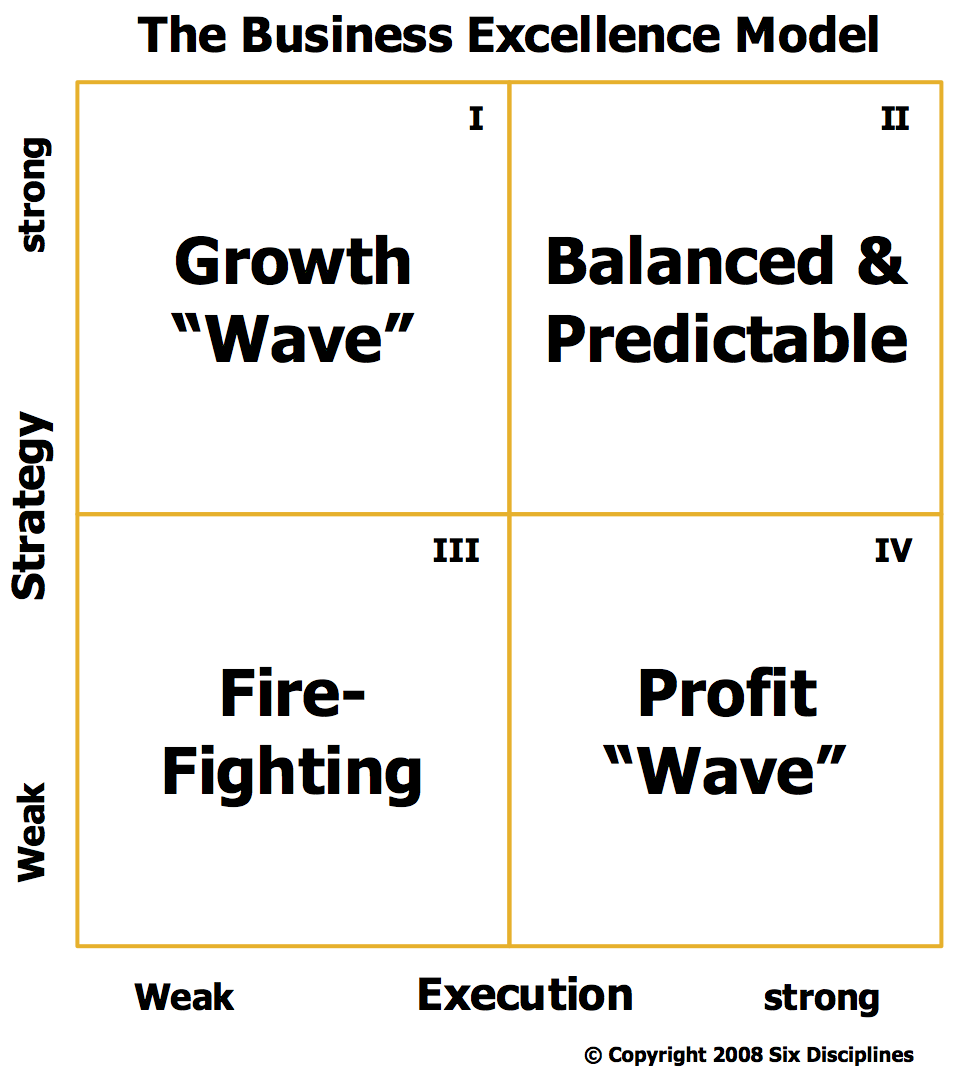
Four quadrants of Performance:
- Organizations in quadrant I exhibit strong strategy, which typically translates into a competitive advantage. They are characterized by periods or waves of growth and market share gains.
- Organizations in quadrant IV exhibit strong operational execution, focused on doing things “better, faster, cheaper.” They are characterized by periods or waves of profitability.
- Organizations in quadrant III are typically weak in both strategy and execution, and frequently find themselves firefighting with daily issues.
- Organizations in quadrant II exhibit an appropriate balance between strategy and execution, and are characterized by predictable growth
Any company that has been around for awhile has traveled through all of these quadrants. The ultimate objective is to grow the capability of your organization to stay in quadrant II for longer and longer periods of time.
Why is it so Difficult?
Organizations are complex systems that are living, breathing and always changing. System thinking is a discipline for seeing wholes. It is a framework for seeing interrelationships rather than things, for seeing patterns of change rather than static snapshots. Most of us were never trained in the kind of system thinking necessary to tackle complex system problems.
One explanation for a continuously changing system could be the “Growth Paradox”. It may seem ironic, but the organization that is good at solving today’s challenges will create a new and bigger set of challenges for tomorrow. Why? Because success leads to the need of more: more capital, more people, more leadership, more systems, more competitive intelligence, more of everything. If your company has big plans, you must also prepare for the bigger challenges that will follow.
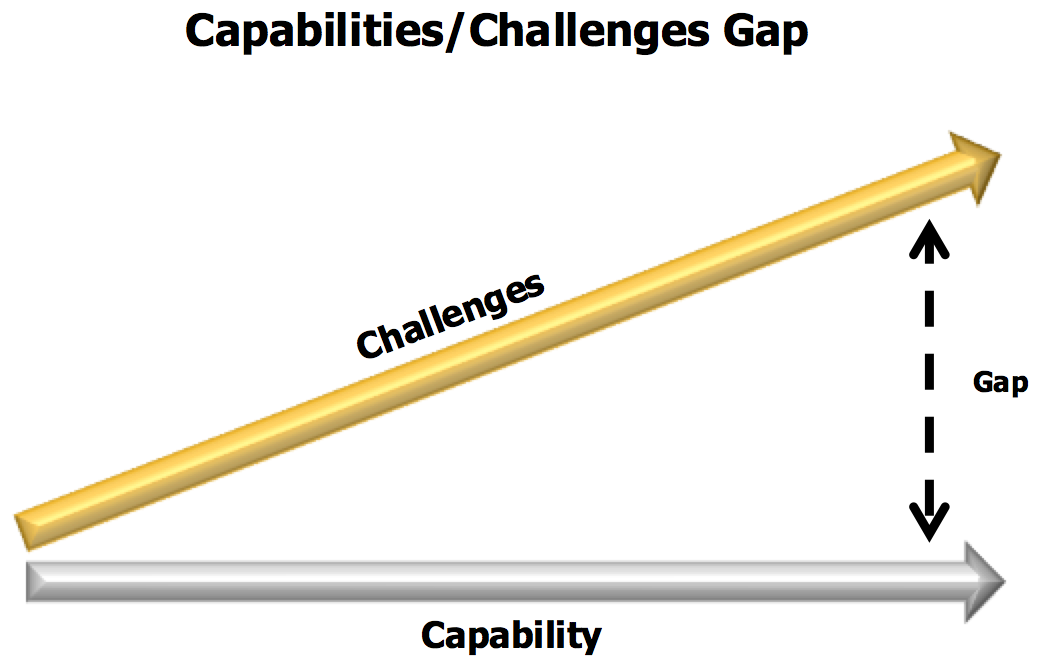
The First Complete Strategy Execution Program
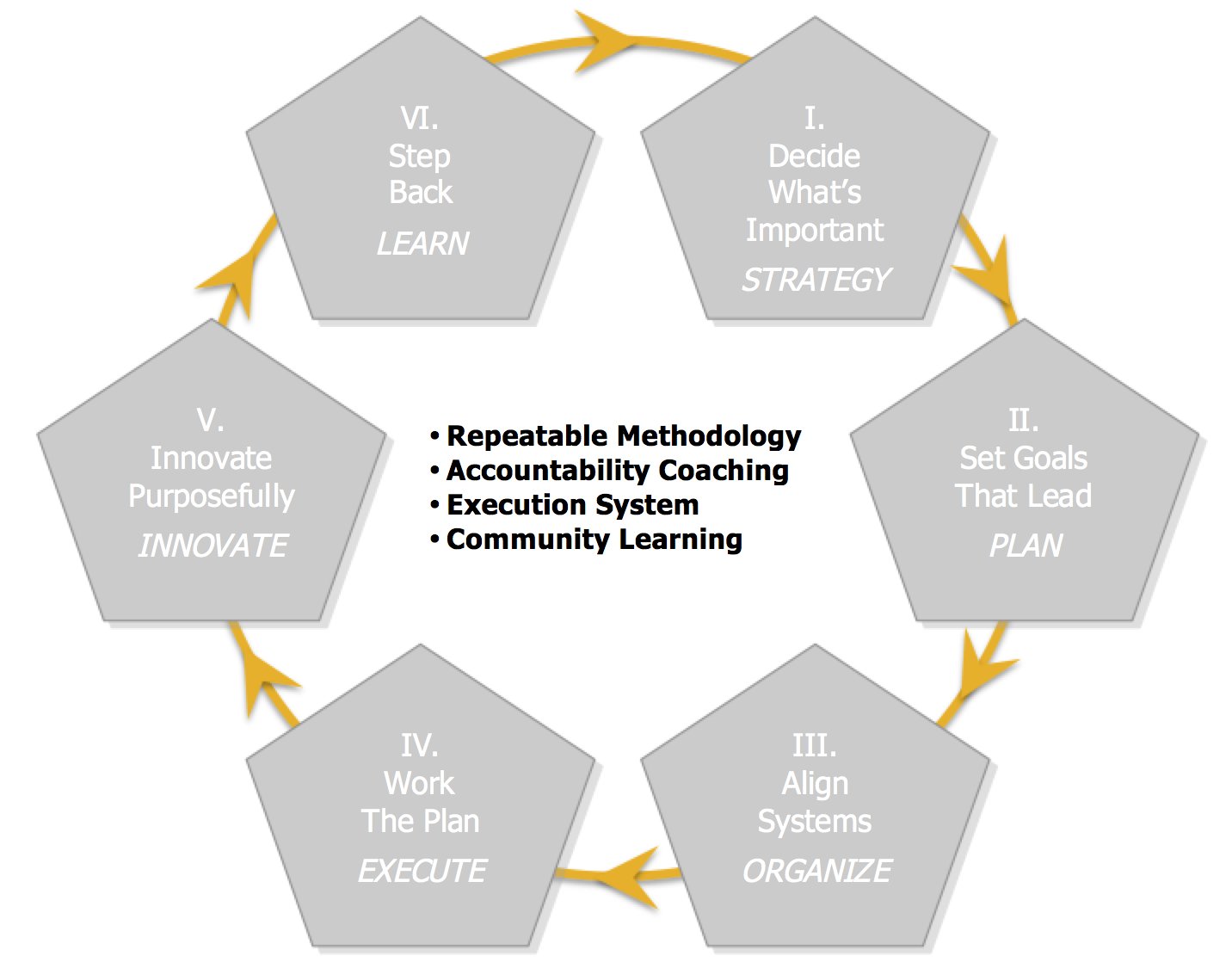
The critical question for every business leader is, “How do I build an organization that consistently executes its strategy?” Singular piece-meal approaches just don’t last so the answer is that you need a complete program. The capacity of an organization to maintain the necessary balance between strategy and execution, and doing so while overcoming the daily hurdles, requires a complete program consisting of four tightly-integrated elements:
- A Repeatable Methodology to drive organizational learning and understanding
- Accountability Coaching to nurture and nudge to stay the course
- An Execution System to engage everyone, everyday in real-time alignment
- Community Learning to share and reinforce best practices and accelerate learning



